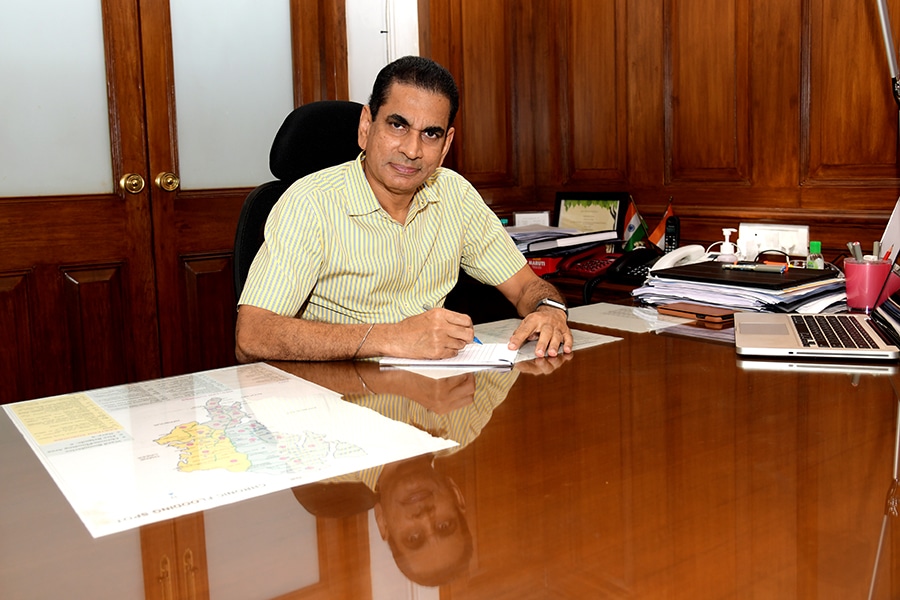
Slum dwellers are more disciplined than those in high-rises: BMC chief
Mumbai civic body commissioner Iqbal Singh Chahal speaks to Forbes India about plans of opening up the city, scaling testing and the BMC's preparation on tackling the second wave of coronavirus infections

In May this year, Iqbal Singh Chahal took charge as commissioner of the Brihanmumbai Municipal Corporation (BMC) amid the ongoing Covid-19 pandemic. Chahal has delivered promising results, lauded especially for controlling the spread of virus in the city’s slums. Aggressive contact tracing and quarantining of suspected cases has helped, Chahal says, adding that the BMC plans to do about 12,000-14,000 coronavirus tests per day in the next month. Edited excerpts:
Q. Is Mumbai out of Covid-19 danger yet?
If we compare the situation of Municipal Corporation of Greater Mumbai (MCGM) exactly a month back, on June 30, we had 76,000 cumulative cases and today we have 1,10,000...so we added about 1,100 cases every day on average. But the number of active cases a month back was 28,000, and today it has gone down to 20,000. If we also look at the rate of infection (one person infecting other people), it was 1.5 percent last month and yesterday, for the first time, we touched 0.97 percent (overall Mumbai average). These facts are quite reassuring.
Q. Can you tell us about the implications of the Sero-survey?
The Sero-survey has been very heartening, in fact I'm grateful to NITI Aayog and Tata Institute of Fundamental Research (TIFR), who joined hands with us for it. We found that 57 percent people have developed antibodies in the slums of Chembur, Matunga and Dahisar. In Mumbai, since 55 percent people live in slums, a huge population has developed this... we're very close to herd immunity. According to World Health Organization (WHO), when 60 percent people have developed antibodies herd immunity sets in.
Q. How much should daily cases fall further to say that Mumbai is out of the woods?
On July 1, when 1,100 to 1,200 cases came, we were doing only 3,600 to 3,700 tests every day. On July 30, 11,000 people were tested. We have increased our testing rate by three times. A few days ago, the number of cases also fell from 1,100 to 700.
Q. Mumbai Metropolitan Region (MMR) (Kalyan, Dombivli, Thane, Mira road, Bhayandar etc) are still worries; how are you tackling this?
Our infection rate is below one percent in MCGM; if MMR was not around us, I can assure you that we would've opened up everything today. MCGM has a population of around 20 million. MMR comprises eight different municipal corporations starting from Vasai, Virar, Mira Road, Bhayandar; then we have Thane, Navi Mumbai, Panvel, and these account for another 20 million people.





